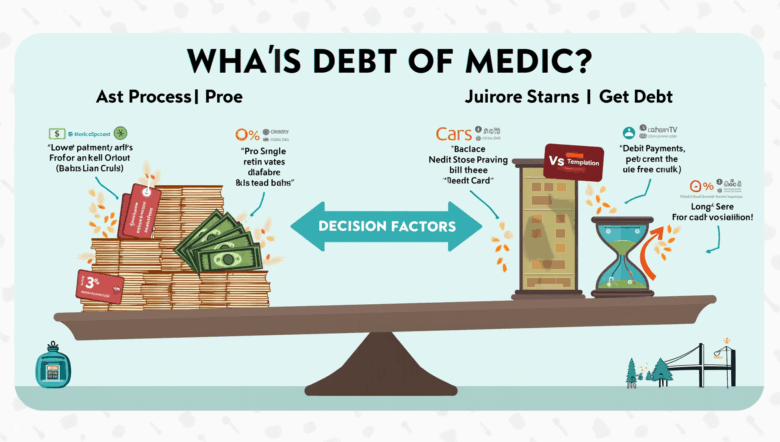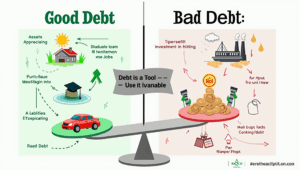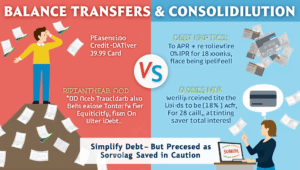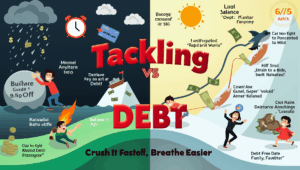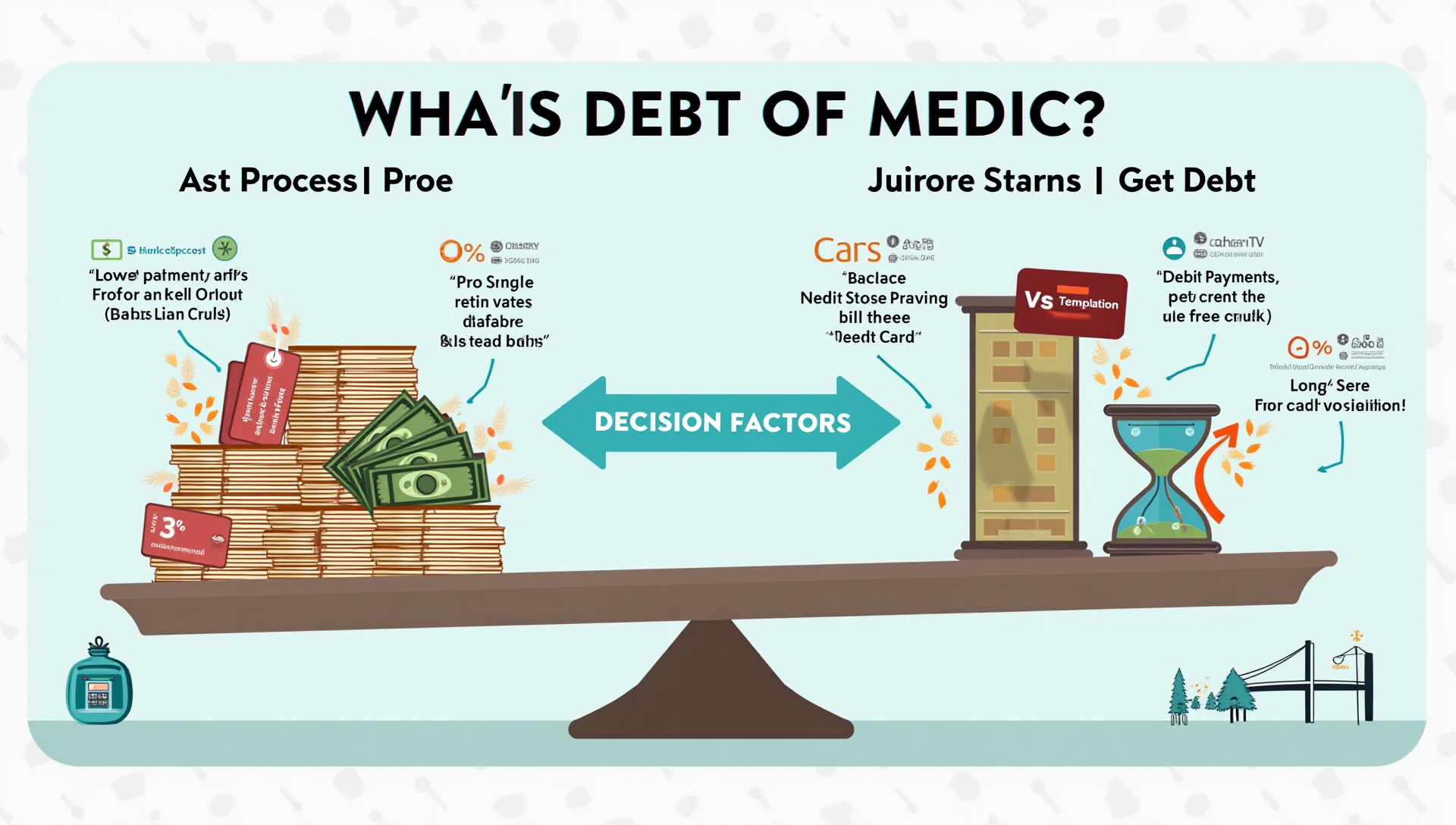 Building Credit from Scratch: A Step-by-Step Guide
Building Credit from Scratch: A Step-by-Step Guide
In today’s financial world, a strong credit score is one of the most important tools for achieving financial stability and success. Whether you’re looking to secure a loan, get a credit card, or rent an apartment, your credit score plays a critical role in many aspects of your financial life. However, building credit from scratch can seem like a daunting task, especially if you’ve never had credit before. Fortunately, with the right strategies and a bit of patience, anyone can establish a solid credit history and build a strong credit score over time.
In this step-by-step guide, we’ll walk you through the essential steps to build credit from scratch, offering practical tips, advice, and real-world examples to help you succeed.
Why Building Credit Matters
Building credit is important for several reasons, and it has far-reaching consequences on your financial future. A good credit score can:
- Help You Secure Loans: When applying for a mortgage, car loan, or personal loan, a strong credit score improves your chances of approval and may also get you better terms and lower interest rates.
- Lower Insurance Premiums: Many insurance companies use credit scores to determine rates. The higher your score, the less you may pay for car and home insurance.
- Increase Your Financial Opportunities: Good credit is often necessary for renting an apartment, securing a job (in some cases), and even getting a cell phone contract.
- Help You Save Money: By qualifying for lower interest rates, you can save significant amounts of money over time.
Now that we understand why credit is important, let’s dive into the steps you can take to build credit from scratch.
Step 1: Understand the Basics of Credit
Before you start building credit, it’s essential to understand how credit works and what factors contribute to your credit score. Credit scores are calculated based on several key factors:
- Payment History (35%): Your ability to make payments on time is the most significant factor affecting your credit score.
- Credit Utilization (30%): The amount of credit you’re using compared to your total available credit. Ideally, you want to use less than 30% of your available credit at any time.
- Length of Credit History (15%): The longer your credit history, the better it looks. Since you’re starting from scratch, this is something that will build over time.
- Types of Credit (10%): Having a mix of credit types—such as credit cards, installment loans, and retail accounts—can help your score.
- New Credit (10%): Opening many new credit accounts in a short period can lower your score, as it may indicate financial distress.
Having a clear understanding of these factors will guide you in making decisions that help build a strong credit history.
Step 2: Open a Secured Credit Card
One of the easiest ways to start building credit from scratch is by applying for a secured credit card. Unlike traditional credit cards, a secured card requires you to make a deposit, which serves as your credit limit. For example, if you deposit $200, your credit limit will be $200. The secured credit card issuer uses this deposit to minimize their risk in case you fail to make payments.
Why it works: Secured credit cards provide an opportunity to build a positive credit history. By using the card responsibly and making on-time payments, you can start to establish a credit score. Many secured cards also report to the major credit bureaus, which is essential for building your credit history.
Tip: Look for a secured card with no annual fees and low interest rates. Also, ensure the card issuer reports to all three major credit bureaus (Equifax, Experian, and TransUnion) so your activity is tracked.
Step 3: Make Small Purchases and Pay On Time
Once you have a secured credit card, start using it for small, everyday purchases such as groceries or gas. The key is to ensure that you can pay off the balance in full each month. Paying off your balance in full helps you avoid interest charges and shows that you can manage credit responsibly.
Example: Emily opened a secured credit card with a $300 limit. She used it to buy groceries each month and made sure to pay the full balance before the due date. After six months, Emily had a positive payment history, and her credit score began to rise.
Why it works: Credit card companies report your payment history to the credit bureaus. By consistently paying on time, you build a positive payment history, which is the most important factor in your credit score.
Step 4: Keep Your Credit Utilization Low
Credit utilization is an essential factor in building a good credit score. It’s calculated by dividing your total credit card balance by your total credit limit. For example, if you have a $500 limit and a $200 balance, your credit utilization is 40%. Ideally, you should aim to keep your credit utilization below 30%.
Example: If you have a secured card with a $500 limit, avoid charging more than $150 on the card at any given time. If you find yourself approaching this limit, make a payment before the billing cycle ends.
Why it works: Using a small portion of your available credit shows that you can manage your finances wisely and avoid overextending yourself. Keeping your utilization low is one of the easiest ways to improve your credit score.
Step 5: Apply for a Credit Builder Loan
Another option for building credit is a credit builder loan. These loans are designed specifically for people who are looking to build or improve their credit. With a credit builder loan, you borrow a small amount of money (usually between $300 and $1,000), and the lender holds it in a savings account while you make payments. After the loan term is complete, the lender releases the funds to you.
Why it works: Like a secured credit card, a credit builder loan helps establish a payment history. Your timely payments will be reported to the credit bureaus, improving your credit score.
Tip: Before applying for a credit builder loan, make sure the lender reports to all three major credit bureaus. Additionally, ensure that the interest rates and fees are reasonable.
Step 6: Monitor Your Credit and Stay Consistent
Building credit takes time, and patience is key. Regularly monitor your credit score to track your progress and ensure there are no errors on your credit report. You’re entitled to one free credit report per year from each of the three major credit bureaus, which you can access at AnnualCreditReport.com.
Why it works: Monitoring your credit helps you identify any issues early, such as errors or fraudulent activity. Staying on top of your credit allows you to take quick action if necessary.
Step 7: Gradually Transition to Unsecured Credit Cards
Once your credit score has improved and you’ve built a solid payment history, you may be able to transition to an unsecured credit card. These cards don’t require a deposit, and they often come with better rewards, lower interest rates, and other benefits.
Why it works: By having a mix of credit types and managing unsecured cards responsibly, you can continue to improve your credit score.
Tip: Before applying for an unsecured card, check your credit score to ensure it’s in the range where you’re likely to be approved.
Conclusion: Building Credit Takes Time and Discipline
Building credit from scratch may seem challenging, but with the right strategies, patience, and discipline, it is entirely achievable. By following the steps outlined in this guide—opening a secured credit card, making timely payments, keeping your credit utilization low, and considering credit builder loans—you can establish a strong credit history that will open doors to better financial opportunities in the future.
Key Takeaways:
- Open a secured credit card to begin building credit.
- Make small purchases and pay them off in full each month.
- Keep your credit utilization low to improve your score.
- Consider applying for a credit builder loan to further build credit.
- Monitor your credit regularly and stay consistent with your payments.
- Gradually transition to unsecured credit cards as your credit improves.
By taking these steps, you’ll be on your way to building a solid credit foundation, enabling you to take advantage of better financial opportunities and securing a brighter financial future. Start today—your credit journey begins now!

